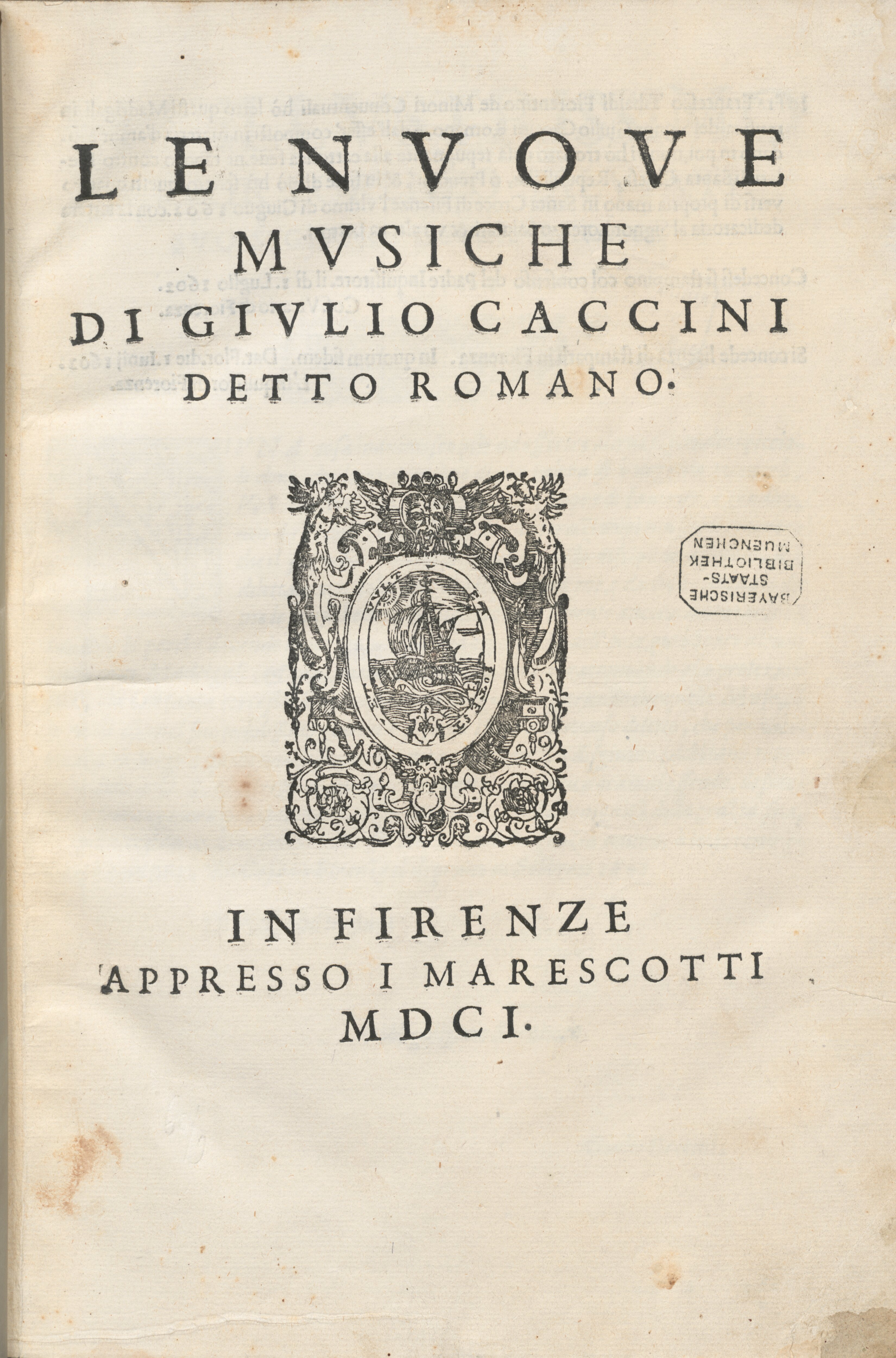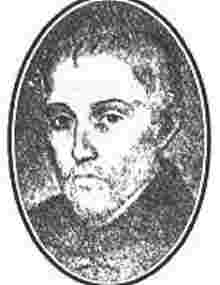|
List Of Classical Music Composers
This is a list of classical music composers by era. With the exception of the overview, the Modernist era has been combined with the Postmodern. Overview Preset = TimeHorizontal_AutoPlaceBars_UnitYear ImageSize = width:1100 height:auto barincrement:20 Colors = id:lightGray value:gray(0.7) id:gray value:gray(0.4) id:darkGray value:gray(0.2) id:ren value:rgb(0.88,1,1) legend:Renaissance id:bar value:rgb(0.75,1,0.75) legend:Baroque id:cla value:rgb(1,1,0.75) legend:Classical id:rom value:rgb(1,0.75,0.75) legend:Romantic id:mod value:rgb(1,0.75,0) legend:Modernist id:min value:rgb(1,0.5,0.75) legend:Minimalist id:ava value:rgb(1,0.4,0) legend:Avant-garde #BackgroundColors = canvas:Yellow BackgroundColors = canvas:lightGray #BackgroundColors = canvas:tan2 Period = from:1400 till:2019 ScaleMajor = unit:year increment:50 start:1400 Legend = orientation:vertical left:10 ... [...More Info...] [...Related Items...] OR: [Wikipedia] [Google] [Baidu] |
Guillaume Dufay
Guillaume Du Fay ( , ; also Dufay, Du Fayt; 5 August 1397(?) – 27 November 1474) was a French composer and music theorist of the early Renaissance. Considered the leading European composer of his time, his music was widely performed and reproduced. Du Fay was well-associated with composers of the Burgundian School, particularly his colleague Gilles Binchois, but was never a regular member of the Burgundian chapel himself. While he is among the best-documented composers of his time, Du Fay's birth and family is shrouded with uncertainty, though he was probably the illegitimate child of a priest. He was educated at Cambrai Cathedral, where his teachers included Nicolas Grenon and Richard Loqueville, among others. For the next decade, Du Fay worked throughout Europe: as a subdeacon in Cambrai, under Carlo I Malatesta in Rimini, for the House of Malatesta in Pesaro, and under Louis Aleman in Bologna, where he was ordained priest. As his fame began to spread, he settled in ... [...More Info...] [...Related Items...] OR: [Wikipedia] [Google] [Baidu] |
Jacob Arcadelt
Jacques Arcadelt (also Jacob Arcadelt; 14 October 1568) was a Franco-Flemish composer of the Renaissance, active in both Italy and France, and principally known as a composer of secular vocal music. Although he also wrote sacred vocal music, he was one of the most famous of the early composers of madrigals; his first book of madrigals, published within a decade of the appearance of the earliest examples of the form, was the most widely printed collection of madrigals of the entire era. In addition to his work as a madrigalist, and distinguishing him from the other prominent early composers of madrigals – Philippe Verdelot and Costanzo Festa – he was equally prolific and adept at composing chansons, particularly late in his career when he lived in Paris.Einstein, Vol. I p. 264 Arcadelt was the most influential member of the early phase of madrigal composition, the "classic" phase; it was through Arcadelt's publications, more than those of any other composer, that the madrigal be ... [...More Info...] [...Related Items...] OR: [Wikipedia] [Google] [Baidu] |
Francesco Cavalli
Francesco Cavalli (born Pietro Francesco Caletti-Bruni; 14 February 1602 – 14 January 1676) was a Venetian composer, organist and singer of the early Baroque period. He succeeded his teacher Claudio Monteverdi as the dominant and leading opera composer of the mid 17th-century. A central figure of Venetian musical life, Cavalli wrote more than forty operas, almost all of which premiered in the city's theaters. His best known works include ''Ormindo'' (1644), ''Giasone'' (1649) and ''La Calisto'' (1651). Life Cavalli was born at Crema, then an inland province of the Venetian Republic. He became a singer (boy soprano) at St Mark's Basilica in Venice in 1616, where he had the opportunity to work under the tutorship of Claudio Monteverdi. He became second organist in 1639, first organist in 1665, and in 1668 ''maestro di cappella''. He took the name "Cavalli" from his patron, Venetian nobleman Federico Cavalli. Though he wrote prolifically for the church, he is chiefly remembered ... [...More Info...] [...Related Items...] OR: [Wikipedia] [Google] [Baidu] |
Heinrich Schütz
Heinrich Schütz (; 6 November 1672) was a German early Baroque composer and organist, generally regarded as the most important German composer before Johann Sebastian Bach, as well as one of the most important composers of the 17th century. He is credited with bringing the Italian style to Germany and continuing its evolution from the Renaissance into the Early Baroque. Most of his surviving music was written for the Lutheran church, primarily for the Electoral Chapel in Dresden. He wrote what is traditionally considered the first German opera, '' Dafne'', performed at Torgau in 1627, the music of which has since been lost, along with nearly all of his ceremonial and theatrical scores. Schütz was a prolific composer, with more than 500 surviving works. He is commemorated as a musician in the Calendar of Saints of some North American Lutheran churches on 28 July with Johann Sebastian Bach and George Frideric Handel. Early life Schütz was born in Köstritz, the eldest son ... [...More Info...] [...Related Items...] OR: [Wikipedia] [Google] [Baidu] |
Michael Praetorius
Michael Praetorius (probably 28 September 1571 – 15 February 1621) was a German composer, organist, and music theorist. He was one of the most versatile composers of his age, being particularly significant in the development of musical forms based on Protestant hymns. Life Praetorius was born Michael Schultze, the youngest son of a Lutheran pastor, in Creuzburg, in present-day Thuringia. After attending school in Torgau and Zerbst, he studied divinity and philosophy at the University of Frankfurt (Oder). He was fluent in a number of languages. After receiving his musical education, from 1587 he served as organist at the Marienkirche in Frankfurt. From 1592/3 he served at the court in Wolfenbüttel, under the employ of Henry Julius, Duke of Brunswick-Lüneburg. He served in the duke's State Orchestra, first as organist and later (from 1604) as '' Kapellmeister'' (court music director). [...More Info...] [...Related Items...] OR: [Wikipedia] [Google] [Baidu] |
Claudio Monteverdi
Claudio Giovanni Antonio Monteverdi (baptized 15 May 1567 – 29 November 1643) was an Italian composer, choirmaster and string player. A composer of both secular and sacred music, and a pioneer in the development of opera, he is considered a crucial transitional figure between the Renaissance and Baroque periods of music history. Born in Cremona, where he undertook his first musical studies and compositions, Monteverdi developed his career first at the court of Mantua () and then until his death in the Republic of Venice where he was '' maestro di cappella'' at the basilica of San Marco. His surviving letters give insight into the life of a professional musician in Italy of the period, including problems of income, patronage and politics. Much of Monteverdi's output, including many stage works, has been lost. His surviving music includes nine books of madrigals, large-scale religious works, such as his '' Vespro della Beata Vergine'' (''Vespers for the Blessed Vi ... [...More Info...] [...Related Items...] OR: [Wikipedia] [Google] [Baidu] |
Carlo Gesualdo
Carlo Gesualdo da Venosa ( – 8 September 1613) was Prince of Venosa and Count of Conza. As a composer he is known for writing madrigals and pieces of sacred music that use a chromatic language not heard again until the late 19th century. He is also known for killing his first wife and her aristocratic lover upon finding them '' in flagrante delicto''. Biography Early life Gesualdo's family had acquired the principality of Venosa in what is now the Province of Potenza, Southern Italy, in 1560. He was probably born on March 30, 1566, three years after his older brother Luigi, though some sources have stated that he was born on March 8. Older ones give the year of birth as 1560 or 1561, but this is no longer accepted. A letter from Gesualdo's mother, Geronima Borromeo, indicates that the year is most likely 1566. Gesualdo's uncle was Carlo Borromeo, later Saint Charles Borromeo. His mother was the niece of Pope Pius IV. Most likely Carlo was born at Venosa, then ... [...More Info...] [...Related Items...] OR: [Wikipedia] [Google] [Baidu] |
John Dowland
John Dowland (c. 1563 – buried 20 February 1626) was an English Renaissance composer, lutenist, and singer. He is best known today for his melancholy songs such as "Come, heavy sleep", " Come again", " Flow my tears", " I saw my Lady weepe", "Now o now I needs must part" and "In darkness let me dwell", but his instrumental music has undergone a major revival, and with the 20th century's early music revival, has been a continuing source of repertoire for lutenists and classical guitarists. Career and compositions Very little is known of John Dowland's early life, but it is generally thought he was born in London; some sources even put his birth year as 1563. Irish historian W. H. Grattan Flood claimed that he was born in Dalkey, near Dublin, but no corroborating evidence has ever been found either for that or for Thomas Fuller's claim that he was born in Westminster. There is, however, one very clear piece of evidence pointing to Dublin as his place of origin: he ded ... [...More Info...] [...Related Items...] OR: [Wikipedia] [Google] [Baidu] |
Jan Pieterszoon Sweelinck
Jan Pieterszoon Sweelinck ( ; April or May, 1562 – 16 October 1621) was a Dutch composer, organist, and pedagogue whose work straddled the end of the Renaissance and beginning of the Baroque eras. He was among the first major keyboard composers of Europe, and his work as a teacher helped establish the north German organ tradition. Life Sweelinck was born in Deventer, Netherlands, in April or May 1562. He was the eldest son of organist Peter (or Pieter) Swybbertszoon and Elske Jansdochter Sweeling, daughter of a surgeon. Soon after Sweelinck's birth, the family moved to Amsterdam, where from about 1564, Pieter Swybbertszoon served as organist of the Oude Kerk (Sweelinck's paternal grandfather and uncle also were organists).Sadie, Stanley. 1980.Sweelinck [Swelinck, Zwelinck, Sweeling, Sweelingh, Sweling, Swelingh], Jan Pieterszoon ''The New Grove Dictionary of Music and Musicians''. Vol.8. Macmillan Publishers Limited, London. Pg. 406–407 Jan Pieterszoon must have ... [...More Info...] [...Related Items...] OR: [Wikipedia] [Google] [Baidu] |
Giovanni Gabrieli
Giovanni Gabrieli (c. 1554/1557 – 12 August 1612) was an Italian composer and organist. He was one of the most influential musicians of his time, and represents the culmination of the style of the Venetian School, at the time of the shift from Renaissance to Baroque idioms. Biography Gabrieli was born in Venice. He was one of five children, and his father came from the region of Carnia and went to Venice shortly before Giovanni's birth. While not much is known about Giovanni's early life, he probably studied with his uncle, the composer Andrea Gabrieli, who was employed at St Mark's Basilica from the 1560s until his death in 1585. Giovanni may indeed have been brought up by his uncle, as is implied by the dedication to his 1587 book of concerti, in which he described himself as "little less than a son" to his uncle.Bryant, Grove online Giovanni also went to Munich to study with the renowned Orlando de Lassus at the court of Duke Albert V; most likely he stayed there un ... [...More Info...] [...Related Items...] OR: [Wikipedia] [Google] [Baidu] |
Giulio Caccini
Giulio Romolo Caccini (also Giulio Romano) (8 October 1551 – buried 10 December 1618) was an Italian composer, teacher, singer, instrumentalist and writer of the late Renaissance and early Baroque eras. He was one of the founders of the genre of opera, and one of the most influential creators of the new Baroque style. He was also the father of the composer Francesca Caccini and the singer Settimia Caccini. Life Little is known about his early life, but he is thought to have been born in Rome, the son of the carpenter Michelangelo Caccini; he was the older brother of the Florentine sculptor Giovanni Caccini. In Rome he studied the lute, the viol and the harp, and began to acquire a reputation as a singer. In the 1560s, Francesco de' Medici, Grand Duke of Tuscany, was so impressed with his talent that he took the young Caccini to Florence for further study. By 1579, Caccini was singing at the Medici court. He was a tenor, and he was able to accompany himself on the viol ... [...More Info...] [...Related Items...] OR: [Wikipedia] [Google] [Baidu] |
Tomás Luis De Victoria
Tomás Luis de Victoria (sometimes Italianised as ''da Vittoria''; ) was the most famous Spanish composer of the Renaissance. He stands with Giovanni Pierluigi da Palestrina and Orlande de Lassus as among the principal composers of the late Renaissance, and was "admired above all for the intensity of some of his motets and of his Offices for the Dead and for Holy Week". His surviving ''oeuvre'', unlike that of his colleagues, is almost exclusively sacred and polyphonic vocal music, set to Latin texts. As a Catholic priest, as well as an accomplished organist and singer, his career spanned both Spain and Italy. However, he preferred the life of a composer to that of a performer. Life and career Victoria was born in Sanchidrián in the province of Ávila, Castile, around 1548 and died in 1611. Victoria's family can be traced back for generations. Not only are the names of the members in his immediate family known, but even the occupation of his grandfather. Victoria was the ... [...More Info...] [...Related Items...] OR: [Wikipedia] [Google] [Baidu] |
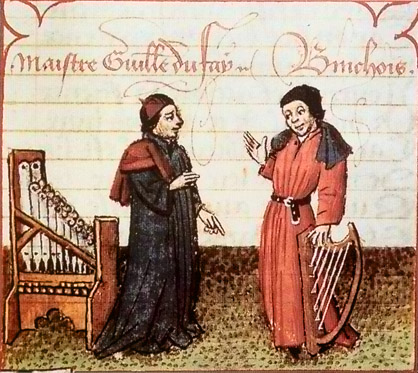

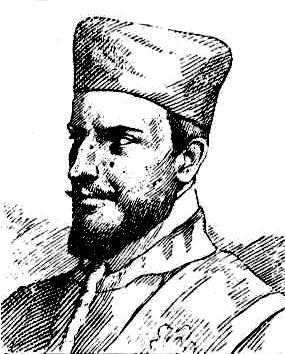

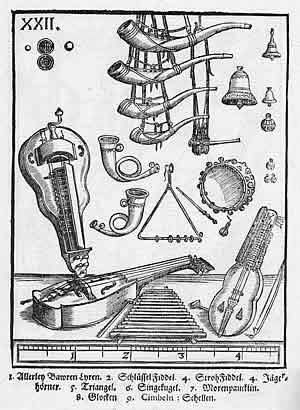
.jpg)



